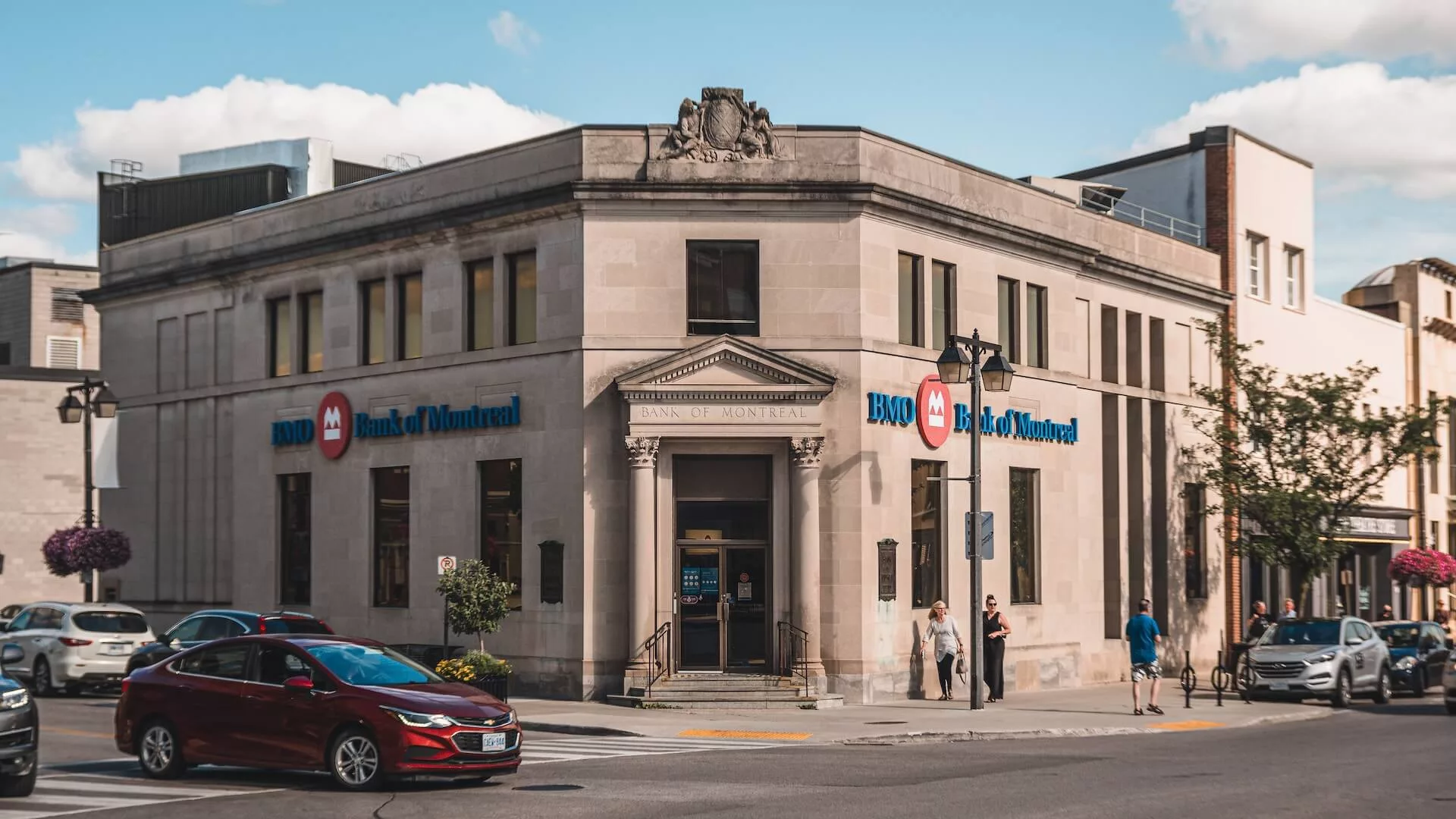BMO: A brief history of Canada’s oldest bank
The Bank of Montreal (BMO) is Canada’s oldest incorporated bank. It remains one of North America’s largest banks today, offering wealth management and personal, commercial and investment banking services.
Read ahead to learn more about BMO’s history from the early 19th century to today.
Early history
BMO was founded in 1817 in Montreal and was initially named Montreal Bank. It soon became the official banker for the Government of Lower Canada, an area that is now the southernmost part of Quebec. Montreal Bank quickly expanded outside of Lower Canada through associations with other banks in London, New York and Boston. Montreal Bank also opened offices in Quebec City and Kingston, Ont.
Montreal Bank converted from a private company to a public company with over 100 shareholders in 1822. This is when the bank officially changed its name to the Bank of Montreal.
In 1841, Upper and Lower Canada were united into the Province of Canada, and BMO became the official banker for the government in 1864.
Expansion
During Confederation in 1867, BMO opened branches in New Brunswick and Nova Scotia, the first of its expansion into the Maritime provinces.
BMO opened its first overseas branch in London, England, in 1870 due to the significant growth in Canada’s foreign trade.
As the Canadian banking industry grew, BMO joined other Canadian banks in 1891 to create the Canadian Bankers Association. This group became the centre for any business conducted between Canadian banks.
By the turn of the century, BMO had expanded to over 50 branches and more than 550 employees.
BMO continued to grow by acquiring other banks, such as the Exchange Bank of Yarmouth, Nova Scotia, the People’s Bank of Halifax and the People’s Bank of New Brunswick.
First World War
As the Canadian government’s official banker, BMO played a significant role in financing the war effort during the First World War.
BMO also aided the war effort in other ways. The bank’s Waterloo branch in London, England, became an unofficial headquarters for troops on leave. There, they could pick up mail from back home, recover with friends and fellow soldiers and still conduct their banking.
With its efforts, BMO effectively became the bank of the Canadian Armed Forces.
The Great Depression
BMO took a significant hit to its business during the Great Depression, as the number of bank branches shrunk from 669 in 1929 to 567 in 1934.
A new Canadian central bank, the Bank of Canada, was also created shortly afterward. This caused BMO to lose its position as the Canadian government’s official banker, meaning that BMO had lost its most prominent customer.
Second World War
The Second World War continued to take a toll on BMO’s business. While BMO peaked at 672 branches in 1930, this number dropped to 468 by 1943.
After the war, BMO was able to begin regrowing. Around this time, the Canadian government started allowing banks to lend money to customers for real estate and small businesses. BMO was the first chartered bank to provide these services to clients in 1954.
Further growth
In 1998, BMO and Royal Bank of Canada (RBC) attempted to merge into a single bank to become more internationally competitive. However, the Canadian government did not allow this merger to occur, wanting to have two large banks instead of one.
To compensate for the failed merger, BMO continued to expand its international operations on its own. The bank acquired several banks in the United States, such as Marshall & Ilsley, in 2010.
BMO today
BMO remains one of Canada’s largest and most well-known banks, having the fourth-highest revenue in 2020. The bank has over eight million Canadian clients and over 900 branches worldwide.
BMO remains a reliable banker for many Canadians and other clients worldwide. Since its creation, BMO has not missed any dividend payments, making its payment history one of the longest in the world.
BMO has consistently proven to be capable of handling its own business, standing the test of time as it continues to be one of Canada’s most popular and dependable banks.

Kyle Quilatan
Kyle is a reporter for Business Hub. He enjoys art, music and reading, and is prepared to take a nap at any given time.

